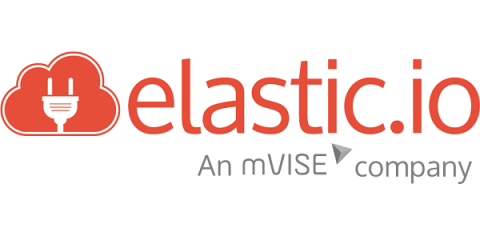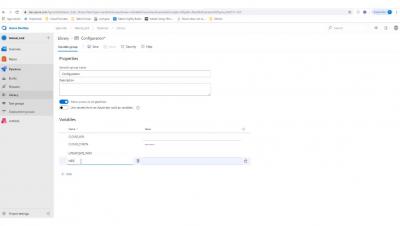Configurable Ruby Modules: The Module Builder Pattern
In this post, we’ll explore how to create Ruby modules that are configurable by users of our code — a pattern that allows gem authors to add more flexibility to their libraries. Most Ruby developers are familiar with using modules to share behavior. After all, this is one of their main use cases, according to the documentation.











